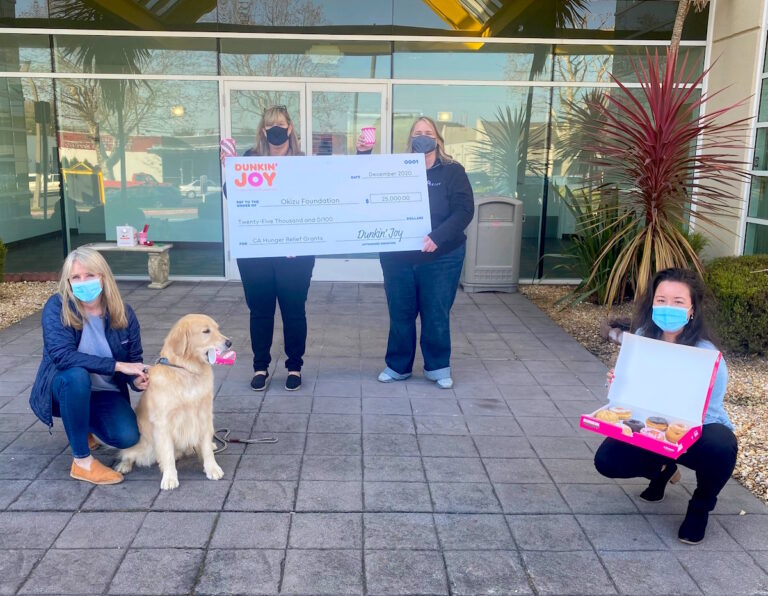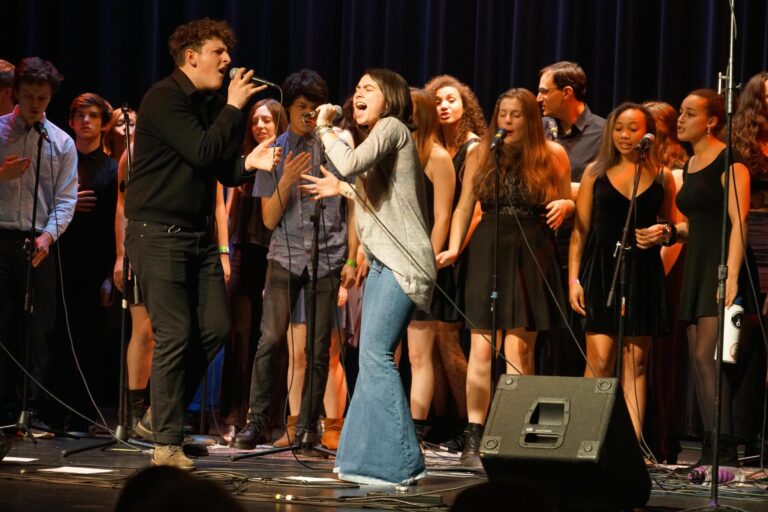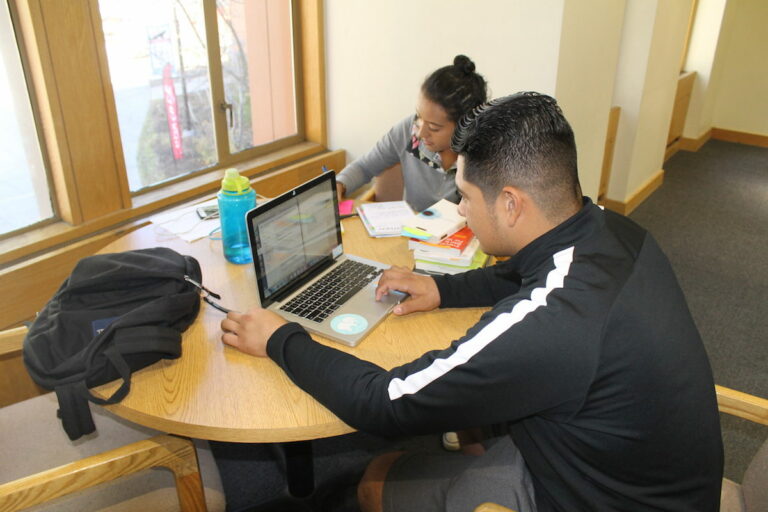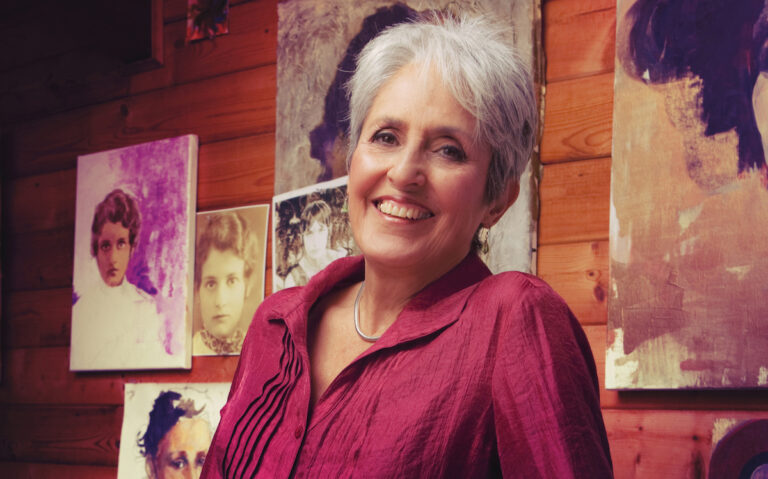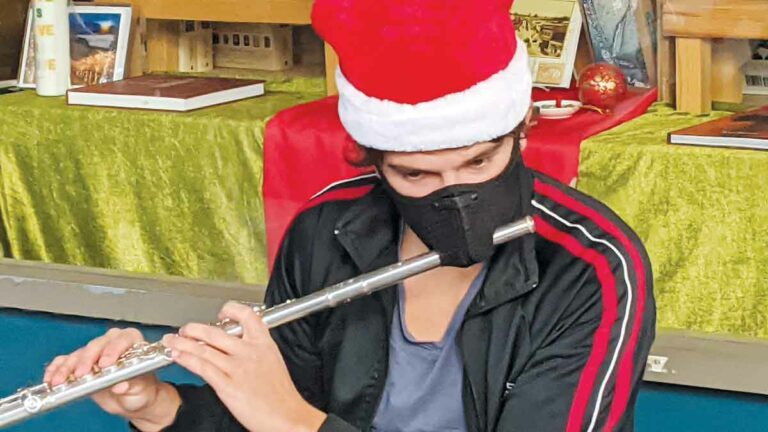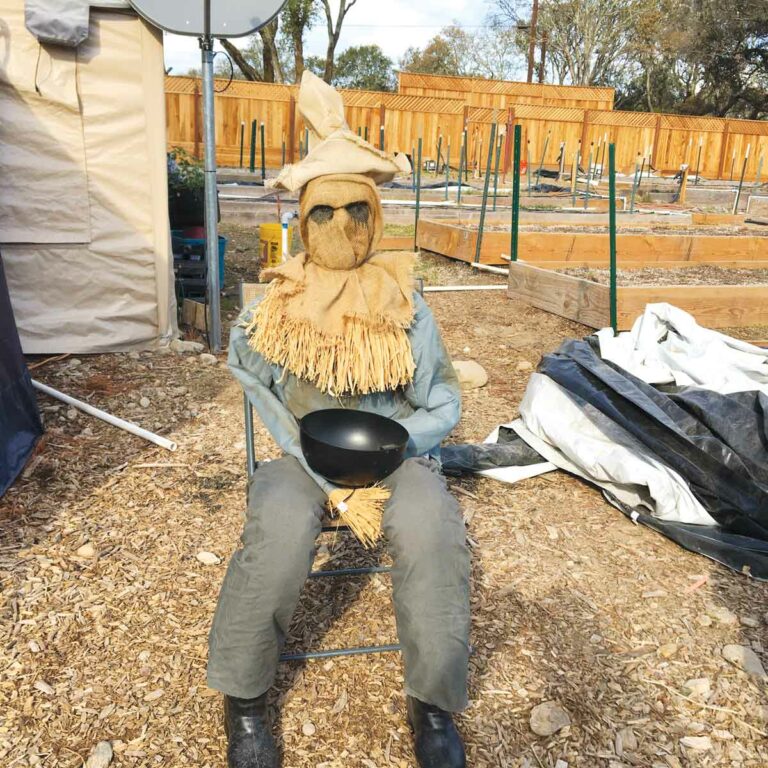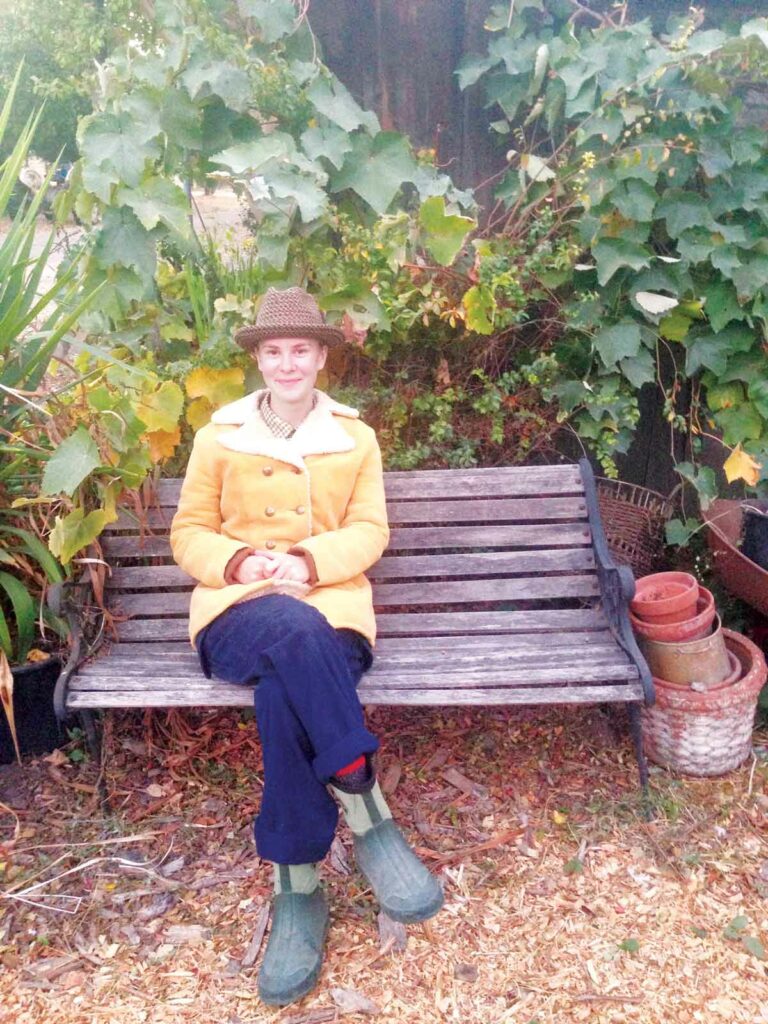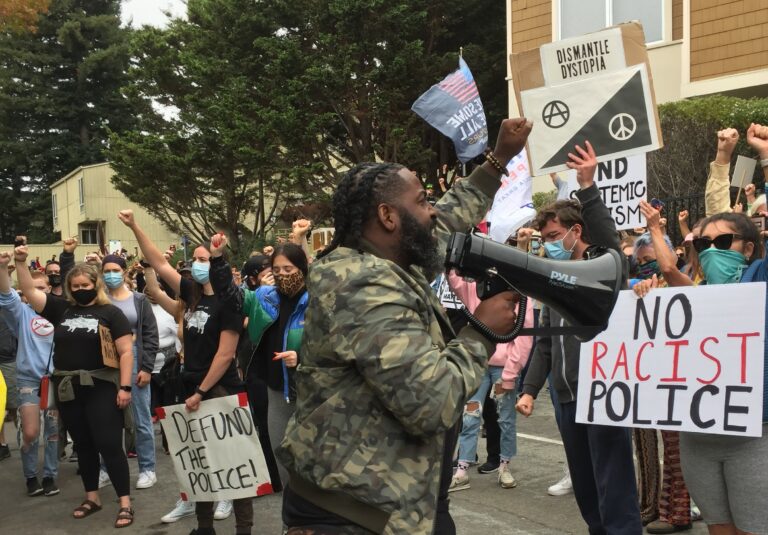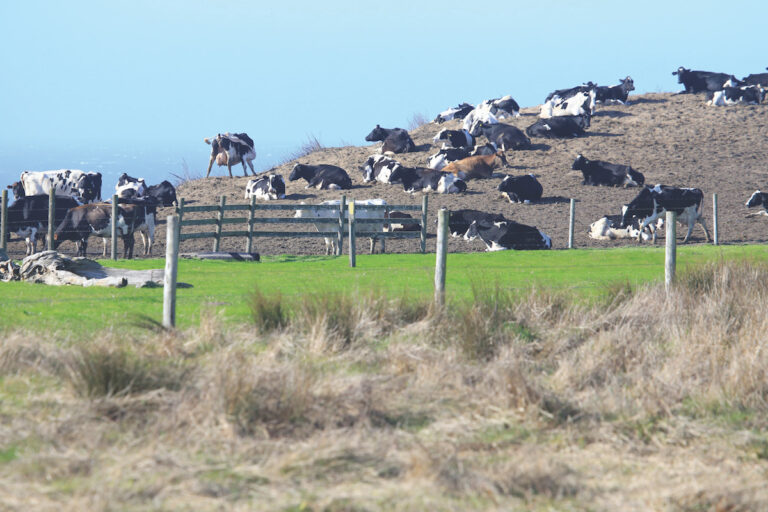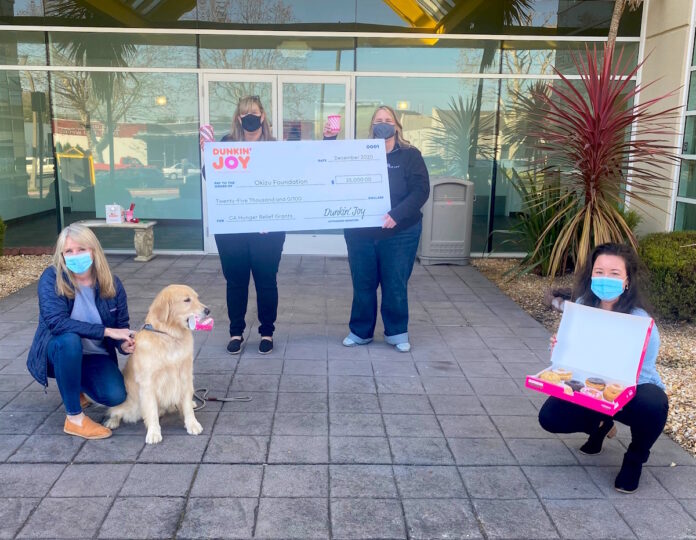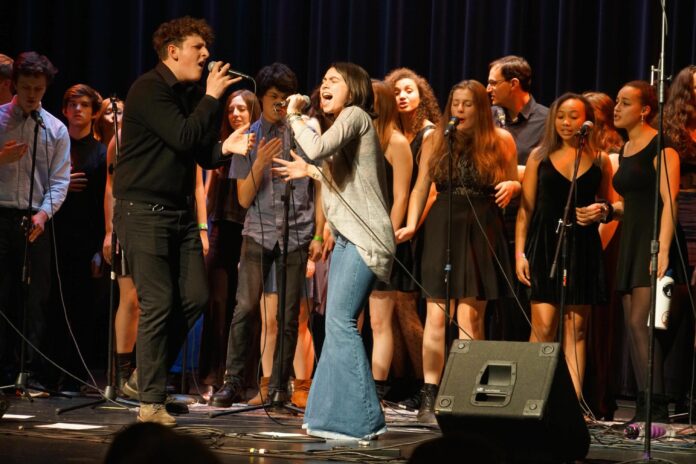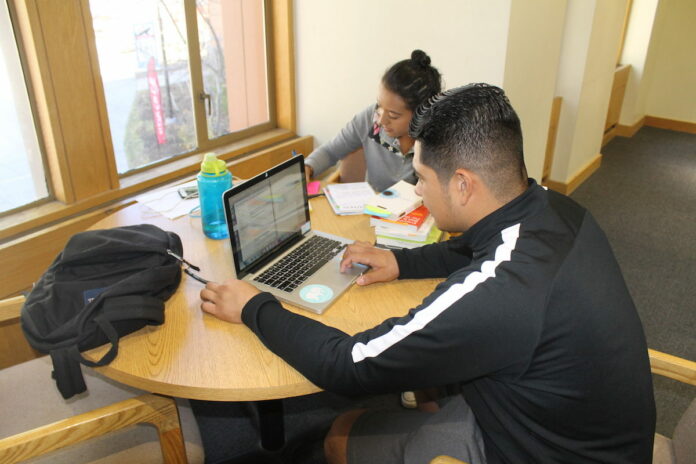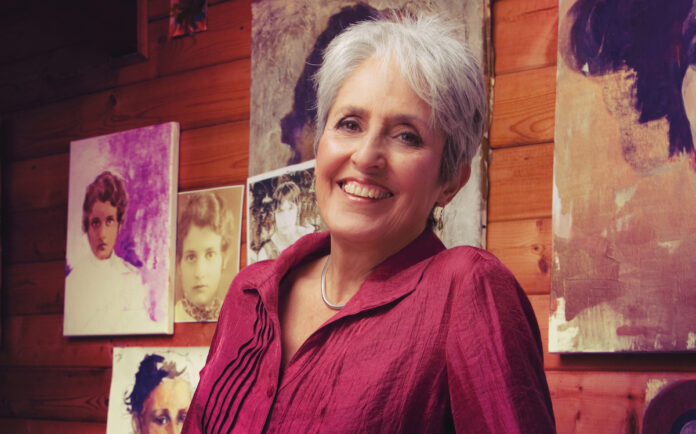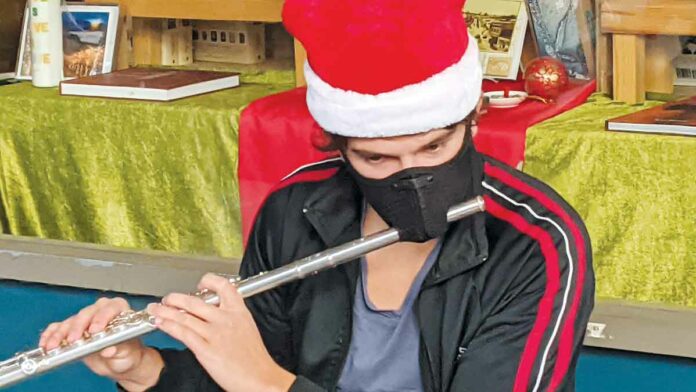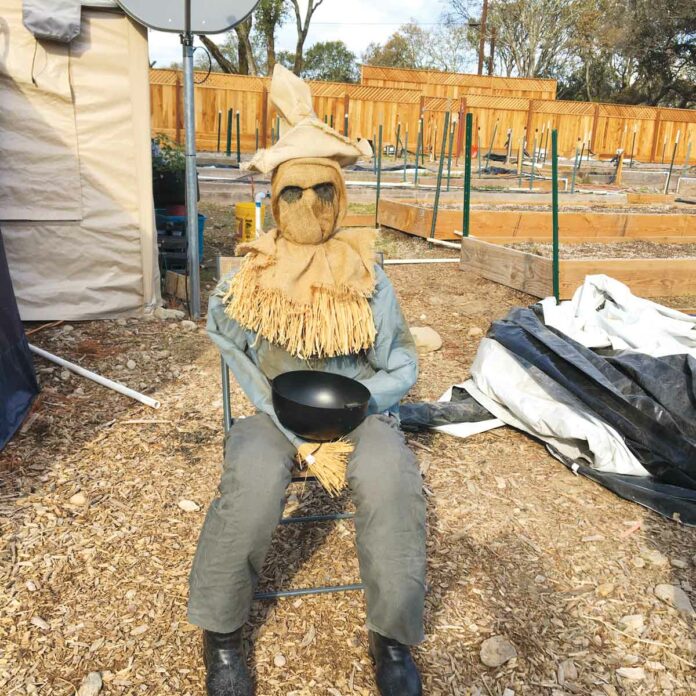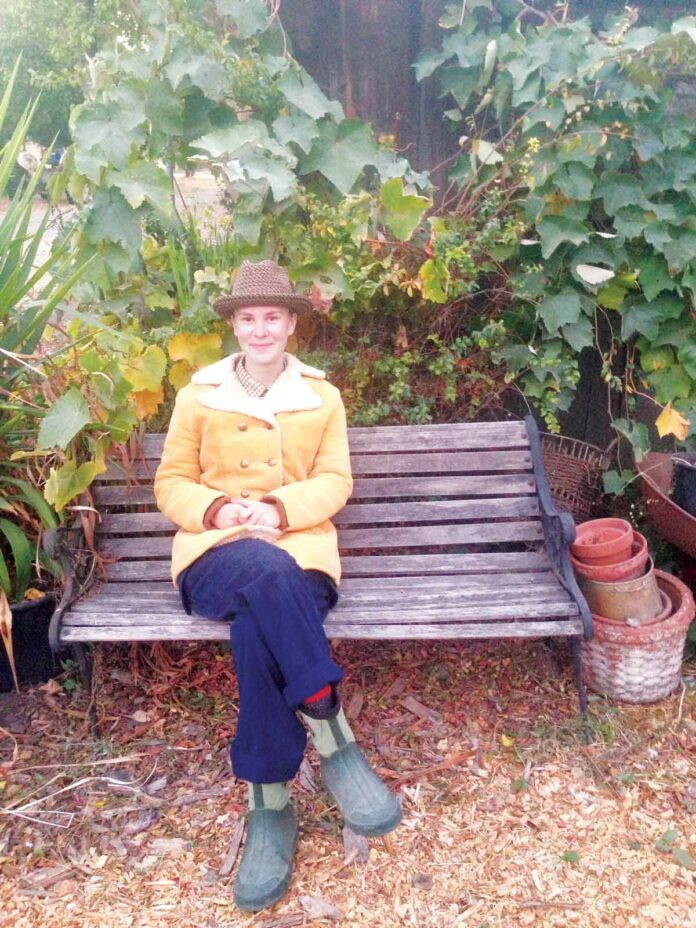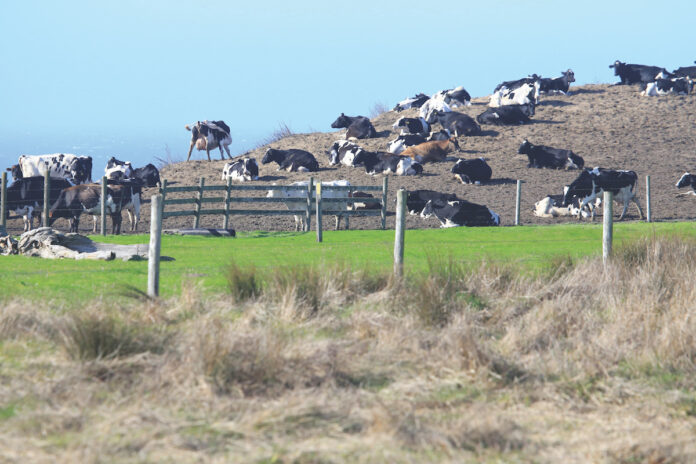With Biden and Harris almost in office, the arrival of a Covid-19 vaccine and 2020 soon ending, it may seem like our problems are largely behind us. Well, Marinites, don’t dust off your party hats just yet. We still have some hard work ahead.
Our county holds the dubious honor of being home to six of the 10 most racially segregated cities/towns in the Bay Area, according to a report released last month by the Othering & Belonging Institute at the University of California, Berkeley.
“An inordinate number of the most segregated cities in the Bay Area are smaller cities that are more than 85 percent white in Marin County (Ross, Belvedere, Sausalito, San Anselmo, Fairfax, and Mill Valley are each in the top 10),” the report said.
I don’t need a report to tell me we’re lily white, and neither do you. If you’re white, drive around your neighborhood and let me know how many people of color you see.
We pride ourselves on our liberal politics in Marin, yet residents of our wealthy, white cities repeatedly say “no” to affordable housing in their own backyards, inevitably pushing new affordable housing projects elsewhere, helping to ensure the county’s continued segregation.
In October, the Mill Valley City Council bandied about the innovative concept of selling a few public open spaces to developers for affordable housing. Residents kicked up such a fuss that the city abandoned the discussions.
This month, the county finalized the streamlined approval of a new 72-unit affordable housing project in Marin City, the county’s only Black community. With its decision, the county has reinforced past choices. Marin City already has “a large stock of public and subsidized housing,” according to the Center for Community Innovation at the University of California, Berkeley.
I’ve written nine articles about racist and anti-Semitic incidents in Marin since late August. And even more occurred that I didn’t cover. In my opinion, each is the result of our county’s segregation and lack of tolerance.
The first piece was about integration. Failed integration, actually.
Yema Khalif and Hawi Awash, the only Black store owners in Tiburon, are also among the few Black residents in town. While Tiburon didn’t rank among the top 10 most racially segregated municipalities in the Bay Area, it did come in at number 13.
Khalif and Awash made national news this year when a released video showed Tiburon and Belvedere police initiating an aggressive confrontation with the couple at Yema, their clothing boutique in downtown Tiburon, on Friday, Aug. 21 at 1:00 am.
The crime? Restocking inventory when the shop was closed.
Officers questioned Khalif for more than 10 minutes about his presence in the store. The Belvedere cop, who was there for about five minutes, kept his hand on his gun the entire time.
The situation escalated when then-Sergeant Michael Blasi raised his voice repeatedly and insisted that Khalif provide identification. It ended only when a white neighbor shouted from across the street that Khalif is the owner of the store.
The ruckus resulted in condemnation of the police department. Shortly after the incident, Blasi resigned and Police Chief Michael Cronin took early retirement. Call me judgmental, but if they don’t understand that Marin is not a police state, I say good riddance.
Unfortunately, Khalif and Awash made headlines again last month. A threatening Instagram post, shared with the shop owners on Monday, Nov. 2, said that if Biden wins, the store would be raided on Election Day. A gun icon punctuated the message.
The Tiburon police investigated and determined a 13-year-old and 14-year-old were responsible for the post. The cops consulted the Marin County District Attorney and decided the post didn’t meet the hate crime requirement. It was “an irresponsible and immature prank by juveniles,” the Tiburon police said in a written statement.
Lest you think this was an isolated incident, let me assure you it is not. Khalif and Awash also receive hate mail and phone calls.
In October, Jewish students at Redwood High School in Larkspur were menaced by several Instagram posts. The social media posts claimed that a group called Redwood Students Organized in Anti-Semitism was compiling a list of Jews in the Tam district. A photo accompanying one of the posts showed a masked young male holding a bullet and wearing a helmet with a swastika.
Redwood High students were again terrorized last month when anti-Semitic Instagram posts and TikTok videos appeared online. The social media accounts, which followed Jewish students’ accounts, claimed the holocaust never happened and referenced rape and homophobia.
The Central Marin Police Authority is investigating the threats made in October. I wonder if any of this activity meets the hate crime requirement or if it’s just more tomfoolery by kids.
Swede’s Beach, a tiny stretch of sand in Sausalito, was the setting for more racial conflicts. A homeowner ordered Marcus Hall, a Black man, off the beach. Hall videotaped part of the encounter, which showed the property owner screaming and cursing at him.
Another neighbor sprayed Hall with a hose on two separate occasions, though she claimed it was an accident.
Both homeowners said the clashes had nothing to do with Hall’s race. Hall, on the other hand, said he was racially profiled.
Who should we believe? Look at the three encounters and then consider that as a Black man, Hall has experienced enough racism to know when it’s staring him in the face.
Two days before Election Day, the Trump Train, consisting of approximately 300 vehicles and more than 1,000 people, descended unannounced upon a shopping center parking lot in tiny Marin City. Cops stood by as the Trump supporters hurled racial epithets and curse words at Black residents.
Community members in San Rafael’s Canal neighborhood, which is predominantly Latinx, boycotted a forum with the county sheriff and board of supervisors on Dec. 1. The meeting’s sole purpose was to discuss the sheriff’s continued cooperation with Immigration and Customs Enforcement (ICE). Sheriff Doyle voluntarily provides ICE with information about immigrants booked into the jail, even if they were never convicted of a crime.
The activists skipped the meeting because they’ve repeatedly asked the supervisors to make Marin a sanctuary county via an ordinance. Their requests have fallen on deaf ears and the sheriff continues to assist ICE, which in turn deports Marin residents.
Can you imagine what it feels like to be Black or Latinx in our county?
Amber Allen-Peirson, a Black activist who lives in Mill Valley, faces slights and discrimination frequently.
“White people exhaust me,” Allen-Peirson said at a rally earlier this year.
Later, I asked her why.
“I encounter micro-aggressions every day in Marin because I’m Black,” she said. “It’s like a thousand tiny paper cuts.”


